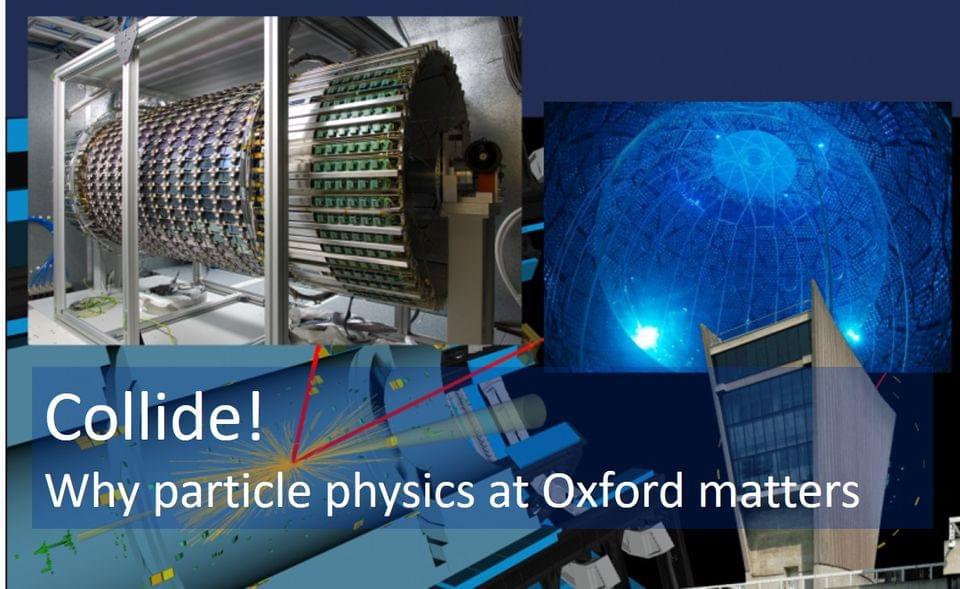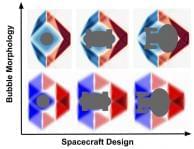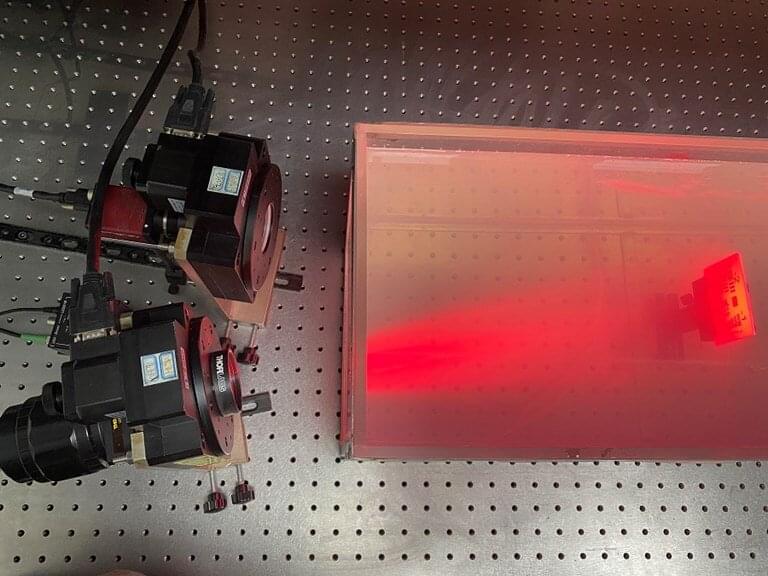New technique delivers resolution improvement in ultrafast processes.
An international consortium of scientists, initiated by Reinhard Kienberger, Professor of Laser and X-ray Physics at the Technical University of Munich (TUM), several years ago, has made significant measurements in the femtosecond range at the U.S. Stanford Linear Accelerator Center (SLAC).
However, on these minuscule timescales, it is extremely difficult to synchronize the X-ray pulse that sparks a reaction in the sample on the one hand and the laser pulse which ‘observes’ it on the other. This problem is called timing jitter, and it is a major hurdle in ongoing efforts to perform time-resolved experiments at XFELs with ever-shorter resolution.








